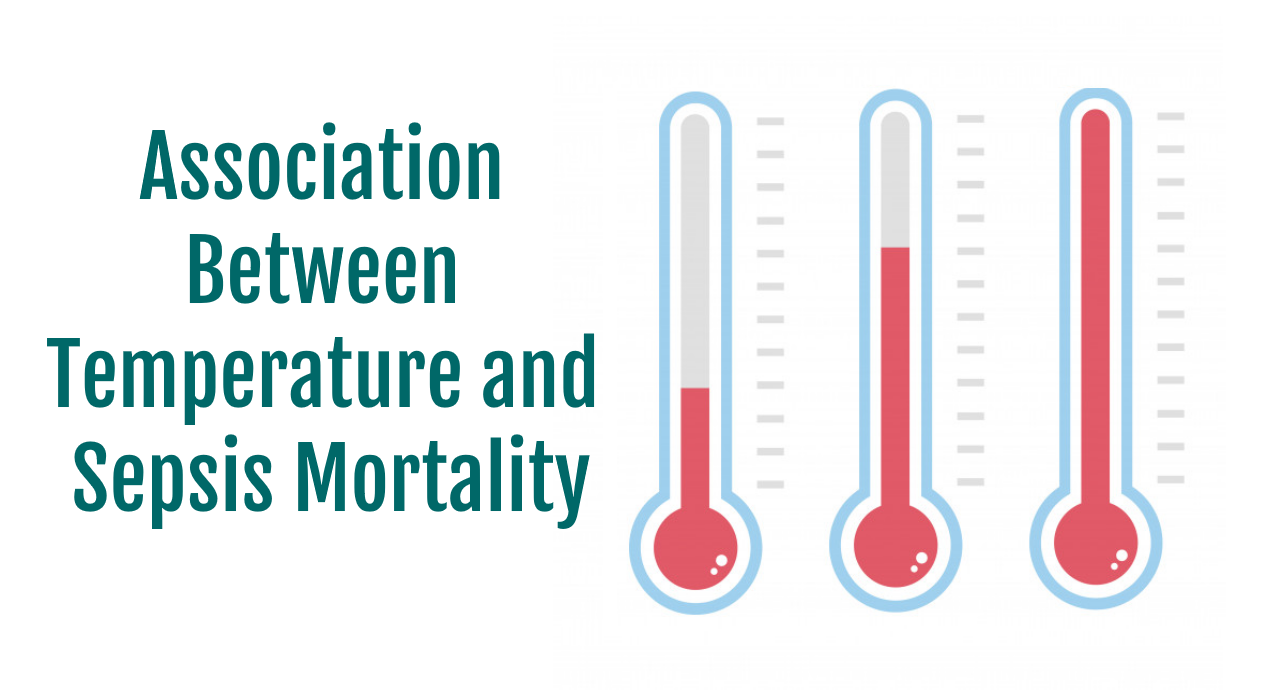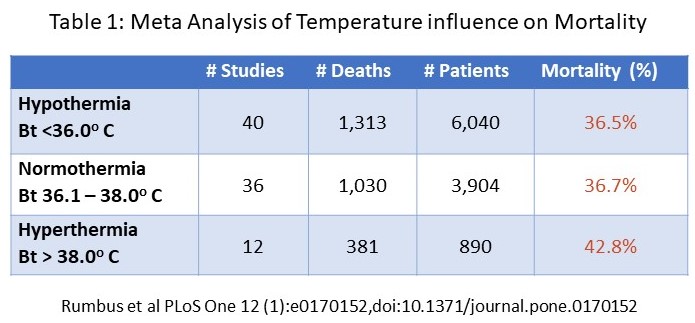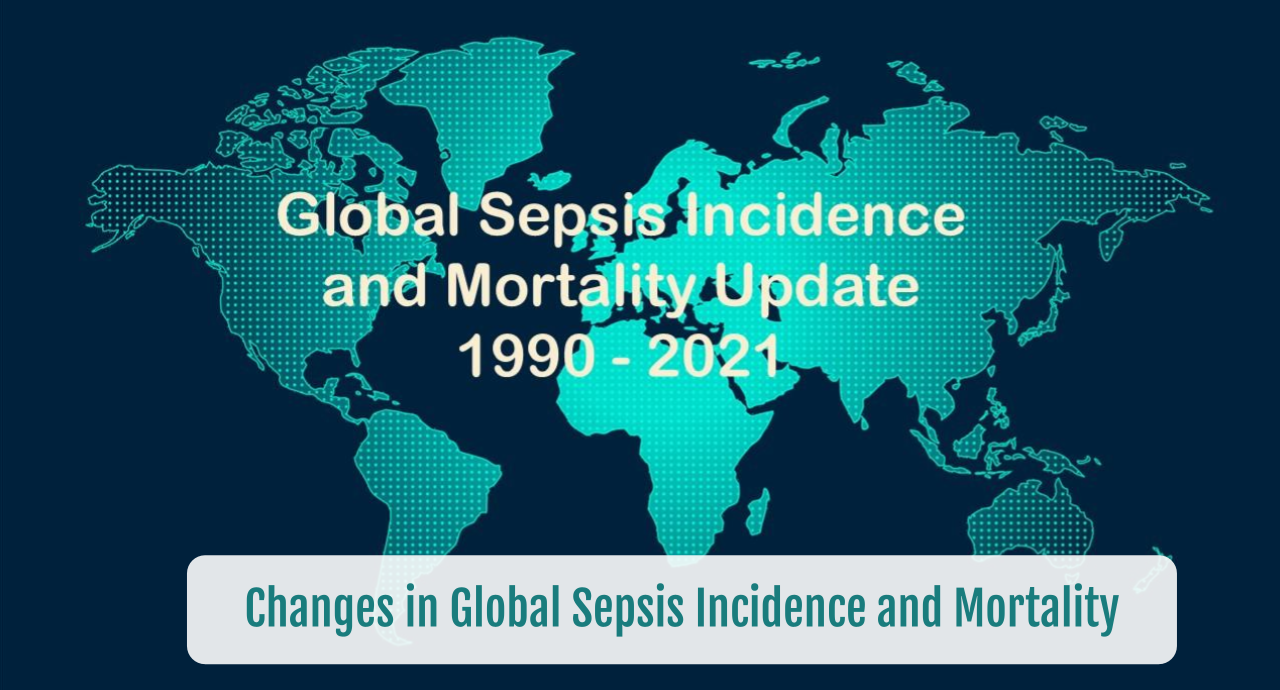Association Between Temperature and Sepsis Mortality
SUMMARY
- Temperature is an important determinant in sepsis patients.
- Hyperthermia is not the sole factor impacting outcomes.
- Hypothermia as well as normothermia contribute to poorer outcomes and need to be considered in any clinical assessment.
BACKGROUND
Body temperature (Bt) is a frequently measured integral vital sign. An ele
vated Bt is frequently associated with the suspicion of infection. Systemic Inflammatory Response Syndrome, long advocated and still in use in the screening of sepsis patients is only positive at Bt’s greater than 38 C or lower than 36 C. However, a Bt between 36-38 C is not considered a positive finding.
An elevated Bt is indicative of a new onset infection representing an active response to an infection. Whereas a low Bt is usually associated with a late stage
severity of disease. However, current data is conflicting regarding the association between Bt and sepsis outcomes.
Sepsis can have a gradual course of symptom development. Also, providers maybe less vigilant in their assessment of sepsis in patients with a normal Bt. These factors may lead to delays sepsis interventions, including bundle components and antibiotics administration resulting in greater mortality.
There have been a few recent evaluations exploring the association of hyperthermia, normothermia and hypothermia with sepsis interventions, bundle compliance and mortality.
REVIEW
Rumbus et al PLoS One 12 (1):e0170152,doi:10.1371/journal.pone.0170152
- Meta-analysis of 42 studies analyzing influence of Bt on mortality.
- Meta-regression analysis showed a strong negative linear correlation between Bt and mortality.
- As Bt decreased, mortality increased.
1. Sunden-Culbers J, et al Crit Care Med 2017;45:591-599
- Sweden; 30 ICU’s
- Sepsis-2 criteria
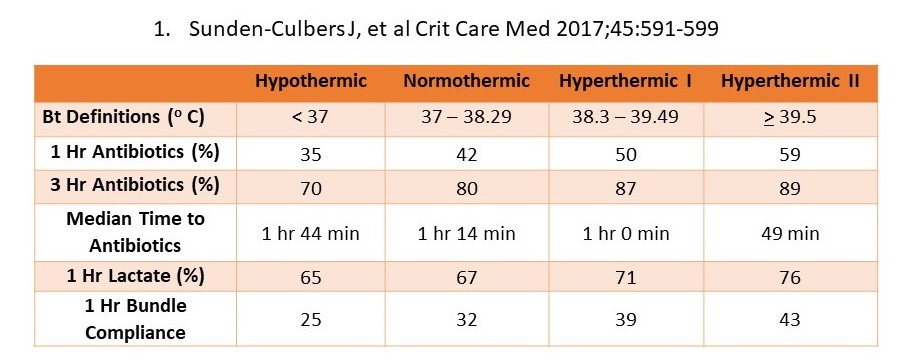
2. Kashimoto S et al Crit Care Med 2019;47:691-699
- Japan; 59 ICU’s
- Sepsis-2 criteria
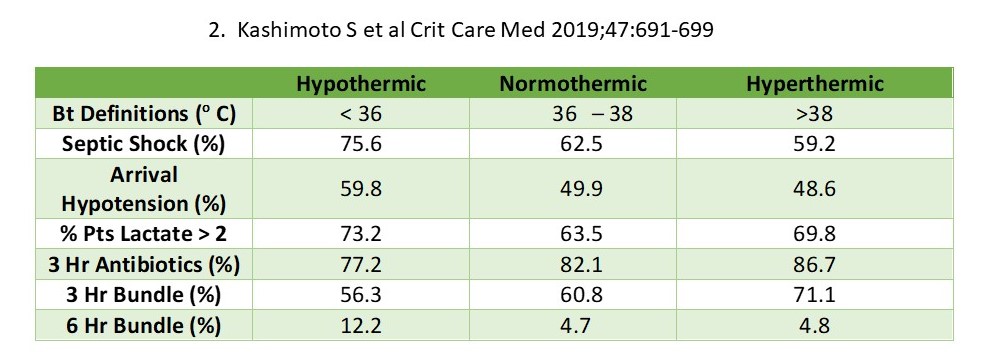
3. Park S, et al. Crit Care Med 2020;48:1462-1470.
- S. Korea; 19 EDs
- Sepsis-3 criteria
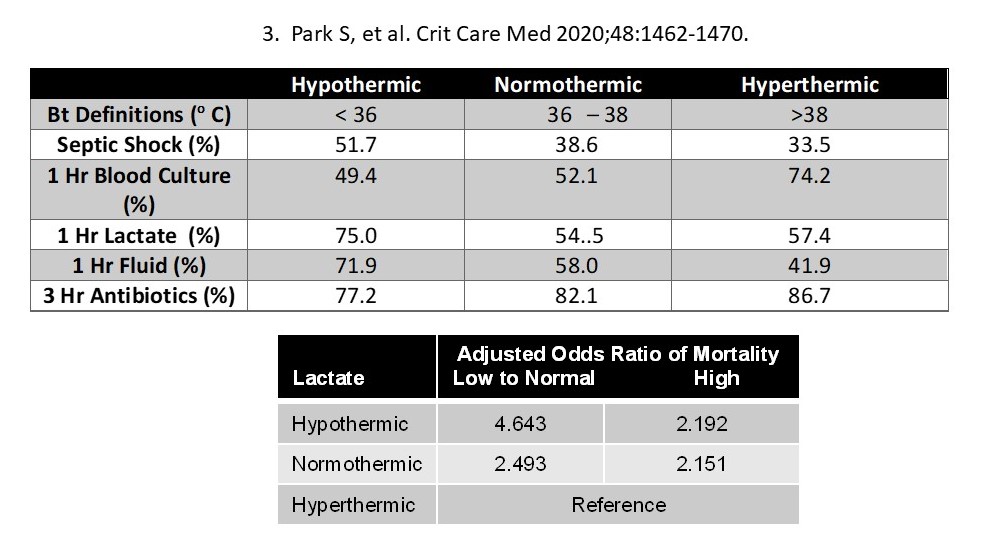
Inverse Relationship Between Temperature and Sepsis Mortality
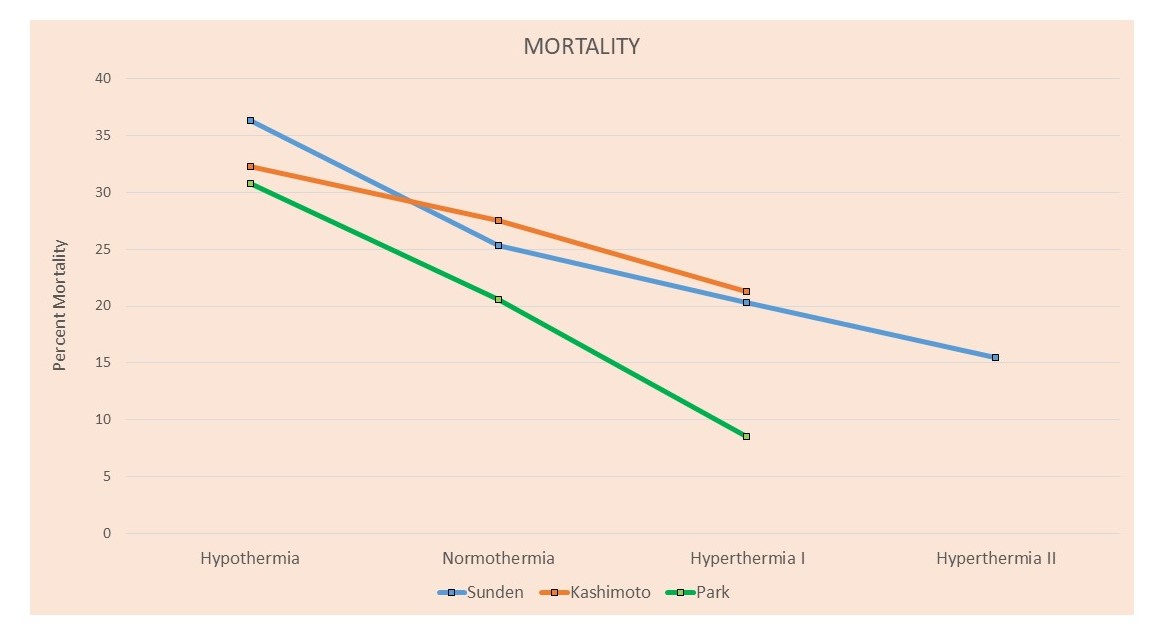
CONCLUSIONS
- A large percentage of patients with sepsis are normothermic.
- Scoring tools focus on hypothermia or hyperthermia as indicators of sepsis infection.
- A significant inverse relationship exists in clinical endpoints and mortality as body temperature decreases to normal and hypothermic ranges.
- The raw and adjusted odds ratio of mortality increase over 2-fold between hyperthermic and normotherpic sepsis patients
- Incomplete assessment for sepsis in normothermic patients can lead to delays in sepsis interventions, including bundle components resulting in greater mortality.
To receive articles like these in your Inbox, you can subscribe to Sepsis Program Optimization Insights.
Erkan Hassan is the Co-Founder & Chief Clinical Officer of Sepsis Program Optimization where he designs & oversees the implementation of solutions to optimize sepsis programs.
To discuss your organization’s Barriers of Effective Sepsis Care, contact Erkan by phone (844) 4SEPSIS (844-473-7747), email (erkan@spo.icu), or video chat.

